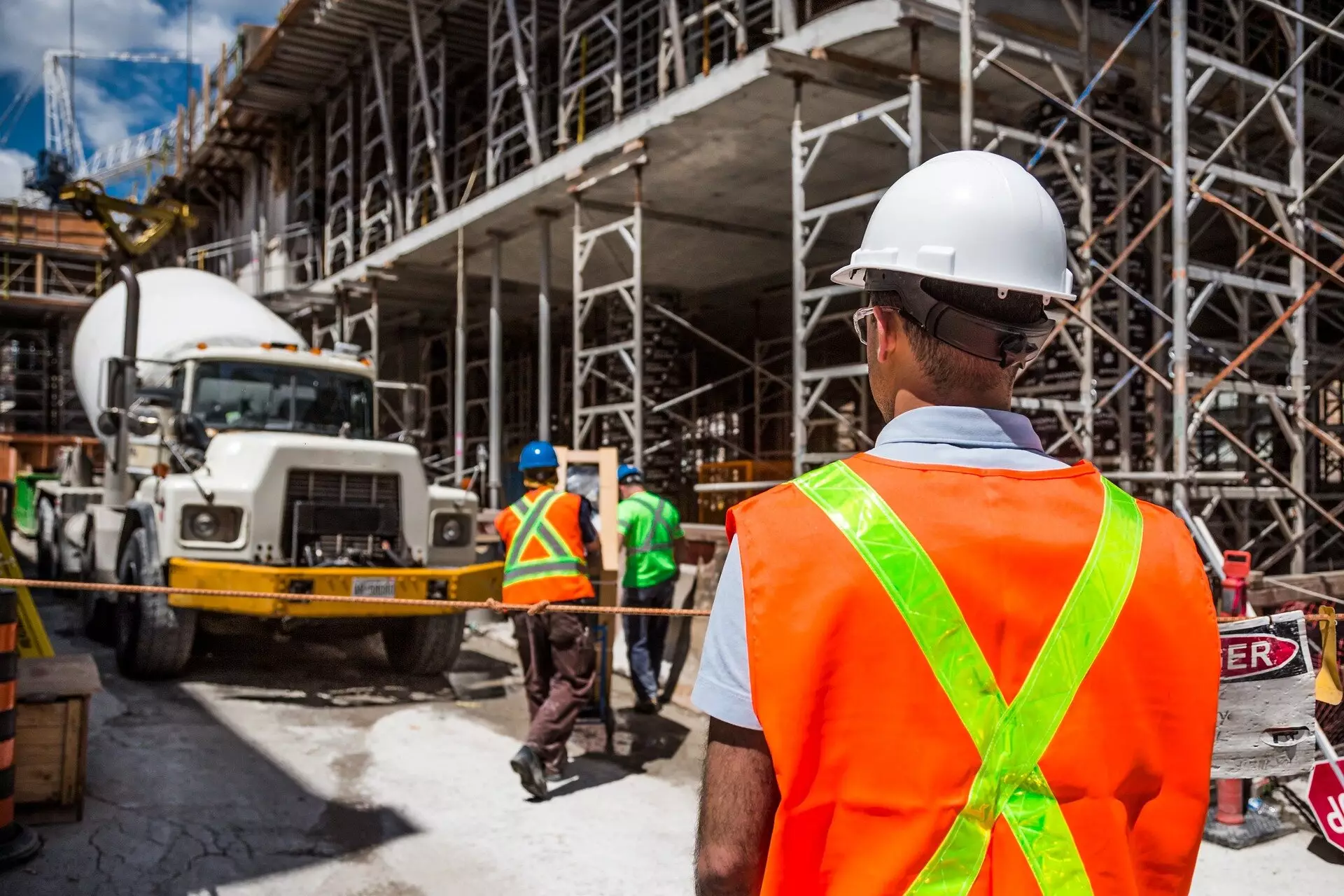As the global push for sustainability increases, industries across the board are being urged to innovate to reduce their environmental impact. In the U.K. construction sector, a groundbreaking report led by experts from the University of Dundee and the Mineral Products Association (MPA) has illuminated a promising path toward lower carbon emissions through the use of waste clay and brick powder in concrete production. This innovative approach not only addresses waste management issues but also significantly mitigates the carbon footprint associated with traditional cement production.
The recent research centers around the use of U.K.-reclaimed clay and finely ground brick powder as calcined clays. The findings indicate that substituting these materials for conventional CEM I cement could reduce the embodied carbon in concrete by as much as 30%. This remarkable reduction presents a viable solution to one of the construction industry’s most pressing challenges: achieving a balance between development and environmental stewardship. The potential to divert approximately 1.4 million tons of waste material into productive use further reinforces the necessity and viability of implementing this approach on a larger scale.
Critics often cast doubt on alternative building materials, questioning their long-term durability and performance, especially in challenging environments. However, the research conducted by the University of Dundee’s Concrete Technology Unit highlighted that calcined clay concretes exhibit remarkable stability and durability, including resistance to corrosive marine environments. This durability expands the applicability of such materials to critical infrastructure, such as bridges and coastal structures, reinforcing the notion that sustainable materials can maintain, if not exceed, the performance expectations of traditional products.
Dr. Moray Newlands emphasized that fostering sustainable practices within the U.K. construction industry is paramount in working toward the government’s legally binding net-zero targets. By utilizing locally abundant materials, the industry not only stands to reduce carbon emissions but also can bolster the economy through job creation and investment opportunities. The endorsement from industry stakeholders like Heidelberg Materials UK, Tarmac, and others adds credibility, signaling that a coalition of interests is geared toward implementing these practices to reshape the construction landscape.
The traditional dependence on industrial by-products, such as ground granulated blast-furnace slag (GGBS) and fly ash, is becoming increasingly precarious as the power and steel industries continue their decarbonization journey. By emphasizing locally sourced materials like clay and brick, the construction sector can establish a more stable and reliable supply chain. This shift is not merely a trend; it represents a long-term strategy to maintain economic viability and reduce dependence on fluctuating industrial by-products.
Two heating methods were experimented with during the research—traditional rotary kilns and the more contemporary flash heating technique. Despite the differences in approach, both methods yielded high-quality calcined clays, demonstrating that innovation in production processes can enhance the material’s efficacy without compromising quality. This flexibility in methodology offers the potential for further refinement and optimization of practices, benefiting both manufacturers and end users.
The integration of waste clay and brick in concrete production is more than just a sustainable alternative; it represents a transformative opportunity for the U.K. construction industry. With the dual benefits of lower carbon emissions and effective waste management, this approach can stimulate the sector’s drive toward sustainability. As organizations like the MPA outline comprehensive roadmaps for decarbonization, the time is ripe for the industry to adopt innovative, environmentally conscious practices that will shape a resilient, sustainable future for construction in the U.K. By embracing these new pathways, the sector can safeguard not only the environment but also uphold economic stability and growth in a changing world.


Leave a Reply